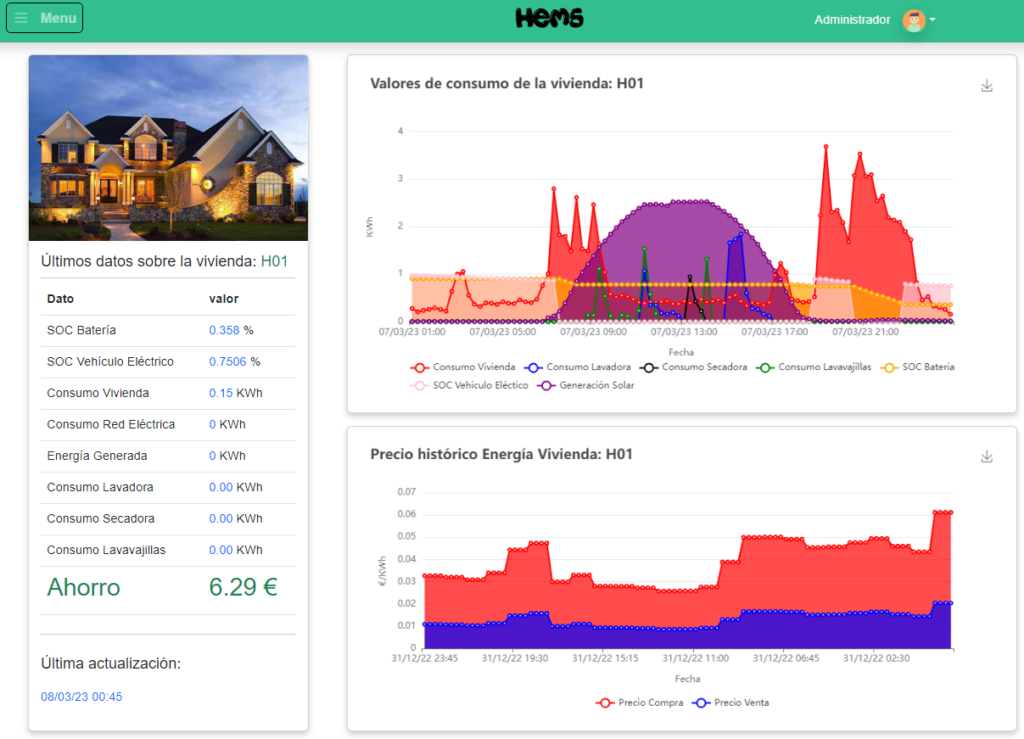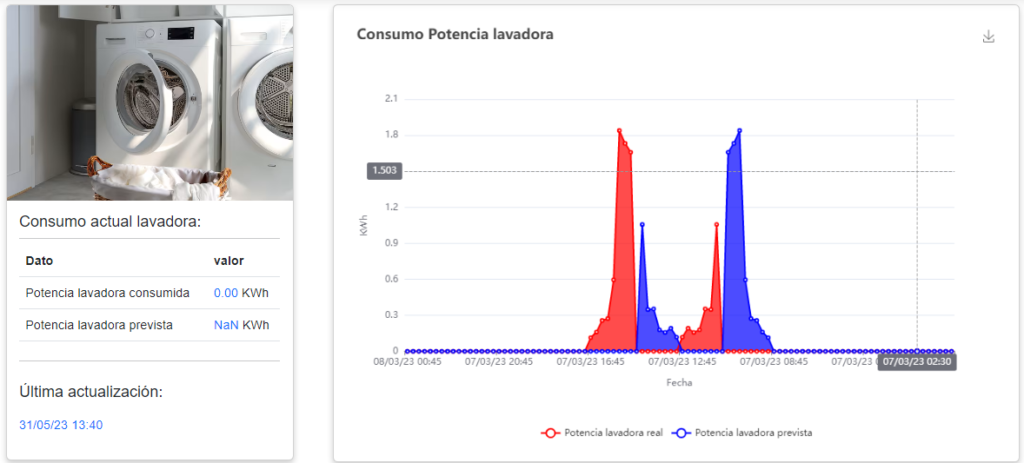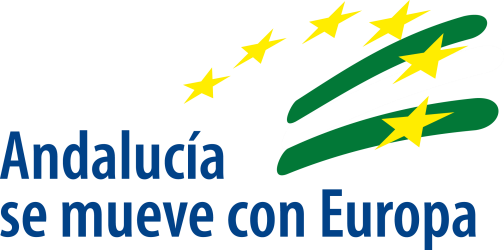
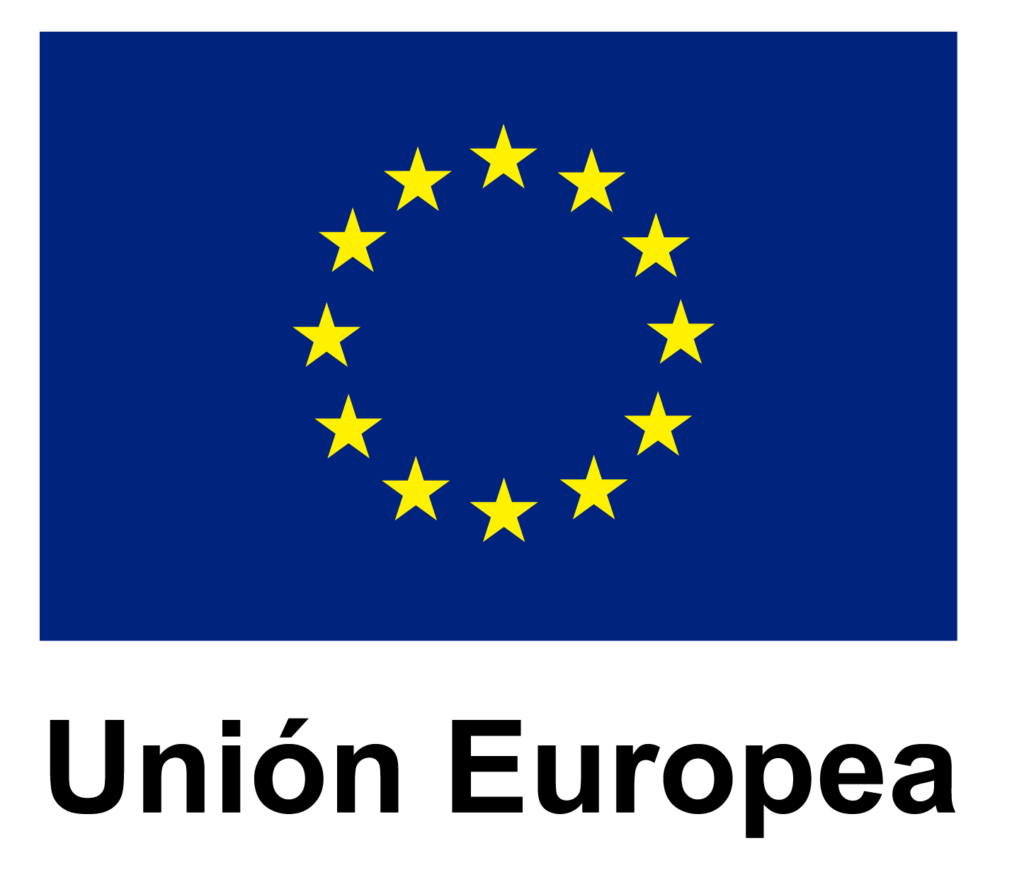

Announcement:
Convocatoria 2020 de ayudas para la realización de proyectos de interés colaborativo en el ámbito de los Ecosistemas de Innovación de los Centros de Excelencia internacional y en el Marco estratégico por el que se impulsa el desarrollo de proyectos singulares de actuaciones de transferencia en los Campus de Excelencia Internacional en las Áreas de la Estrategia de Investigación e Innovación para la Especialización Inteligente de Andalucía (RIS3 Andalucía) dentro de las actuaciones cofinanciadas por el Programa Operativo FEDER en Andalucía para el periodo 2014-2020 (BOJA, Número 132 – Viernes, 10 de julio de 2020)
Head Researcher: Ramón González Carvajal
Researchers:
- Rubén Martín Clemente. Profesor Titular
- Enrique López Morillo. Profesora Contratada Doctora.
- Rafael Luis Millán Vázquez de la Torre. Profesor Titular
- Hipólito Guzmán Miranda. Profesor Titular
Staff:
- Mikel Población Salvatierra
- Pablo Velasco Feria
- Antonio Jesús Gutiérrez Porquicho
- Juan Pablo García Martín
Project Goals:
AI4HomeEnergy aims to develop a new generation of HEMS that, based on the definition of a flexible, modular and scalable architecture for a domestic installation, with consumption of household appliances, electric vehicle charging, local generation (mainly photovoltaic – PV, thermal and wind) and storage (mainly batteries), will form the basis of a family of products that the aggregate agent (and other companies that reach commercialisation agreements with the University of Seville) will market on the international market. (mainly batteries), will be the basis of a family of products that the aggregated agent (and other companies that reach commercialisation agreements with the University of Seville) will commercialise in the international market. As a differentiating element with respect to other products, AI4HomeEnergy proposes to:
1. To design a reference HEMS architecture that allows the integration of COTS elements from third party sources.
2. To apply artificial intelligence techniques that implement flexible energy management algorithms, integrated in the demand integration policies of electricity companies (based on self-learning neuro-borroscopic networks).
3. Demonstrate the possibilities of the developed system in the Use Cases proposed by the aggregated proposed by the aggregated agent (as corresponds to a TRL7 level).
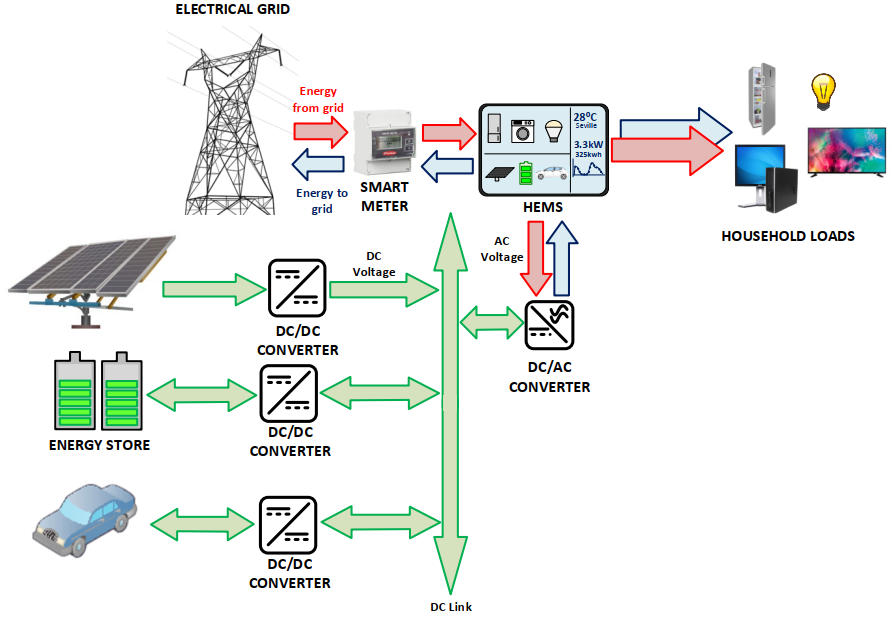
The final objective goes beyond the proposed HEMS, since this will be the enabling element of a future energy services platform in which: 1) data from consumers adhering to the service are integrated into an experience database (Big -Data), 2) the decision-making algorithms (neuro-fuzzy inference rules) are updated and improved based on the evolution of the market and the experience extracted from the experience database (cloud computing), and 3) open the door to a centralized management of a broad base of consumers tending to the creation of an energy services company (ESC).
The project has given rise to a complete solution made up of monitoring devices, integrated with the energy capture system and batteries, as well as with the local concentrator that governs them and stores energy consumption plans. All this information is sent to the massive data processing server (Big Data) that hosts the energy forecasting algorithms and artificial intelligence to detect consumption patterns and propose schemes for the use of available energy resources, with the aim of minimizing economic spending.
Finally, all this information is displayed and managed from the responsive web panel available to both the user and the administrator, which offers secure access based on SSL communications and parameterized permission roles.
